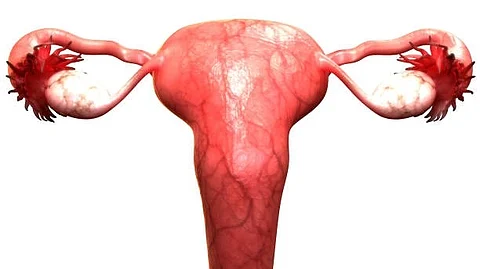Alongside health services, the team found that educational settings and social media could also be more supportive in helping people to consider their reproductive preferences.As a result, they are calling for societal-wide efforts to help bring together family planning, contraception, and preconception care. And they have developed a framework that can be adapted both to different settings and the healthcare system.
The model suggests that children could be taught about reproductive needs – such as preconception health advice and contraception - in school. Meanwhile, social media campaigns could be used to raise awareness of the opportunities and benefits of choosing if or when to have children. Additionally, professionals could routinely ask patients about their reproductive preferences and digital tools could be made available to direct people to appropriate sources of advice or services.
Lead author Dr. Jenny Hall (UCL EGA Institute for Women’s Health) said: “The model proposed in this paper can be adapted and implemented across a range of primary care settings, including general practice and sexual and reproductive health services, with appropriate training for health professionals.“Doing so will bridge the gap between contraception and antenatal services, providing services in a way that better meets women’s needs as they move through their reproductive life course, in line with the ambitions of the recent Women’s Health Strategy.”


